Advertisements for magic lanterns show up in the earliest Portage County newspapers. These lanterns were already popular in Europe before American settlement, and by the time Wisconsin was officially a state there were companies producing new projector slides in North America. These lanterns were the newest form of a “moving picture show” and could provide hours of entertainment for communities, as long as someone knew how to work the machine. Plover was lucky to have one such man, Walter Barnsdale, selling shows from 1904-1954. To understand the popularity of the magic lantern and Walter’s involvement in the local community, it is necessary to understand his personal history and the history of the lanterns themselves.
In 1867 Walter Barnsdale was born to his parents, Richard and Frances, in Donington, England. Richard was a farmer. Frances’ work was not listed on the census records, but she raised 7 children and likely made side money by selling extra farm goods that her husband produced. Richard needed to work hard; he had 6 sons to get set up in their future trades and one daughter to find a suitable husband for. Walter was right in the middle; the fourth child, and almost all of his siblings were born within 2 years of the previous one. Life was hectic. In 1880 childhood education became compulsory in England, but it was up to each county to determine how that education would occur. We can assume that the Barnsdales had some childhood education, but as the children of a farmer, it was not a high priority. Walter was already 13 when education became mandatory and we do not know how much schooling he was able to receive in England while he grew up.

Walter emigrated to the United States in 1885, passing through a New York port and traveling to Plover. No other immediate family members emigrated over and there is no record that Walter ever traveled back to see them. The siblings in England did their best to make a life in Donington and the surrounding cities. One brother, Albert, became a police constable. The other brothers are recorded as tending livestock, manufacturing wicker, and working as builders and laborers. Walter was 18 when he emigrated alone and arrived in New York in late December.
There were many families with the Barnsdale surname in England, and it would have been impossible for Walter to travel and not find his family name. One of the pioneer names in the Plover area was George Barnsdale; a logger, farmer, and later a member of city government. He was also Walter's uncle. By the time Walter arrived, George Barnsdale was on the board of city supervisors and his name was well-regarded in the area. He had one daughter, Kate, who attended the Plover public schools. Walter and Kate married in 1891 and settled in Plover on a farm just outside of town. Walter Barnsdale and his family were key members of Plover during the 1800s and 1900s. Kate was the Plover postmaster from 1924-1942, and she raised ten children while Walter was regularly away from home. Walter did not start out their marriage by traveling so frequently, but he had bigger dreams than their farm could offer him. He moved his family regularly around the area and rented out his farm land and original farmhouse when they did not use it themselves. He opened a bicycle shop on the corner of Post Road and Elm Street but began to look for a bigger entertainment market he could meet. By 1904 Walter had purchased a magic lantern and was selling shows around town, advertising his business as the Barnsdale Moving Picture Company.


Magic lanterns, also known as stereopticons, were a type of image projector that showcased colored slides against a wall or other flat backdrop. They used mirrors to flip the image internally, so slides were inserted upside down for viewing. Magic lanterns used the same technology that was developed earlier for camera obscura and stenographic mirrors; these devices used mirrors and lighting techniques to flip and project small images. Considered high science and high class, they were used in the same social circles that had access to telescopes and microscopes in the 17th and 18th centuries; the rich. But projections need an audience and by the early 1800s there were advertisements for traveling magic lantern shows in European newspapers. Magic lanterns used slides produced by various companies but could also use homemade images. It was not rare to find a projectionist working with local photographers to produce images for shows. Unlike future moving picture reels, these magic lantern shows allowed for great personalization of images and meant that a show in Plover could be very different from a show in Wisconsin Rapids. When Walter arrived in Plover he would have seen newspaper advertisements for lantern shows and he had plenty of opportunities to purchase one.

In the mid to late 1800s these magic lanterns became very popular in the United States. On the east coast companies like C.W. Briggs, Eastman-Kodak, and the Keystone View Company produced lantern slides for sale. Slides were also imported from European companies, with special interest taken in slides that offered views from around the world or from important events. Slides were black and white, but as their popularity grew the want for colored and moving images became more apparent. Black and white slides were painted by hand and became the most popular images for sale. Most homemade slides were still black and white. In the 1930s the Kodak company released transparency film that was the clearest colored process for photograph development, and these slides quickly became the top seller. Slides that had multiple pieces could be used to show movement on screen. By moving one slide on top of another, it looked like a character was moving across the screen, or that the sun was rising in the sky. These slides were more expensive but were used by companies to show moving cartoons and children’s stories. Individual photographic slides were replaced by film strips, and then film reels. Being able to minimize the transitional “click” between the film pieces was the mark of a professional magic lantern user. Magic lanterns were the pivotal middle piece between mere photo projections and the movies that we see today.
Pictured above are examples of hand-painted black and white slides from the PCHS collections. These were likely used by Barnsdale during some of his shows.

Someone likely taught Walter how to use photography equipment and the magic lantern, but he was incredibly smart when it came to machinery and he may have taught himself. In 1896 he received a United States patent for his invention of a combination steam and explosion engine. His bicycle shop offered repair services and sold motorcycles less than five years after Indian and Harley Davidson began production. Walter used his engine to create a generator to power his Edison lantern for rural shows, and he was constantly fine-tuning the lantern; he added a geared sprocket to the machine to help the film strips proceed with proper timing and perfected the take-up reel so the finished film did not need to be collected loosely in a basket but instead was easy to rewind onto the original reel.

The photos above are from a variety of disasters and ruins from Barnsdale's photo collection. Some are hand painted. All of Barnsdale's surviving images are in the PCHS collections.
Walter was more than just a show producer, setting up his slides and mindlessly clicking through them for his audience. He took photos when he traveled for moving-picture shows and brought those new photos back to Plover. He bought slides from overseas and was careful to not be too enmeshed in one topic or photographic style. His reviewers praised him for having smooth transitions between images. Walter brought in professors to explain the presentations, and occasionally hired instrumentalists to play during the shows. He traveled to the Waupun correctional facility and showed the prisoners the slides for "The Passion of the Christ", and then took photos of the prison that he brought back to Plover.
Photos from The Holy City slide presentation. All photos from the Barnsdale photo collection at PCHS.
Photos taken by Walter Barnsdale at the Waupun Correctional Facility. Photos from the PCHS collection.
He traveled with the Troop I soldiers and photographed them at Camp Douglas, later showing them their own photos when they returned to Plover. He spent so much time with the troop and the American Legion that he was titled “honorary troop photographer”. When Walter ran for village president in 1928, he promised free shows for women and children if he was elected. His pace of show presentations had been slowing down in the previous decade, in part because he was busy with his other job; the circus.
Almost as an afterthought, very few newspaper articles mention Walter’s circus career. In 1914 he began working for the Ringling Bros circus as a machinist and traveled with the company. By 1927 he was a regular part of the Seils-Sterling Circus, riding a bicycle or unicycle on a slack wire above the crowd. The Great Depression destroyed the Seils-Sterling Circus and Walter returned to Plover to show moving pictures instead. Walter’s sons, Frank and Dick, had both also been involved in the Ringling Bros and Seils-Sterling circuses, and they continued to travel and perform. Walter never took photos of the circus to bring back to Plover. He seemed content to finally settle down and spend time with his family. He passed away in 1951 and was buried in the Plover cemetery.

Walter Barnsdale’s history can still be found in Plover. Not only his gravestone, but remnants of how he lived. Walter bought a home on Post Road around 1910. They were the 7th family to own the building since it was built in 1850. It had land for farming and a barn out back. In 1923 the home was sold to another family that performed with the Ringling Bros circus; the Engfords. According to the Engfords, the Barnsdale family owned the home but did not actually reside in it; they lived across the street. The Engfords continued to perform with the circus and used the barn as a place to practice high wire and trapeze acts. That family was the last to live in the home. In 2000 the house was moved to Heritage Park in Plover. Visitors can walk through the same rooms that were owned and used by Walter, Kate, and their 10 children, and can see the circus history of the Barnsdales and Engfords. The Portage County Historical Society was also given many of the glass slides that Walter used in his shows, as you've seen here. Thanks to Walter Barnsdale and his magic lantern we have a deeper understanding of how the world looked in the early 1900s.

Resources and further learning:
1894 Barnsdale moves into a new home
1895 living situation update for the Barnsdales
1895 Barnsdale moves back to his farm
1897 Barnsdale moves to Eckles house
1897 Barnsdale purchases a home
1899 Barnsdale oldest daughter swallows staple
1899 Barnsdale family moves into a new home
1901 two of the Barnsdale children have smallpox
1902 the quarantine is lifted
1904 first newspaper mention of moving picture shows
1905 new boarders in the Barnsdale home
1905 Barnsdale’s moving pictures at Hair’s Hall
1905 description of the Hair’s Hall show. Russian Japanese war, comics, dedication parade, and highway robbery
1906 moving picture show of Central Africa
1906 first ad, not just a notice, for the moving picture shows
1907 a positive review for Barnsdale
1907 Barnsdale at The Grand
1908 description of new show. Passion Play and Life of Christ, then war in Morocco
1908 Barnsdale goes to the Waupun prison to show the Passion Play to prisoners. He now has photos of a wild animal park in Germany.
1908 Barnsdale shows pictures of the wild animal park in Germany, pictures from the London zoo, and new comedy and dramatic photos.
1909 Barnsdale shows new pictures at The Grand. Included the Wrights aeroplane in flight, and the Grand Prix auto races.
1910 Barnsdale has new moving pictures for the Plover hall, including the John Dietz pictures.
1912 Barnsdale shows Homer’s Odyssey and The Life of Buffalo Bill in Plover
Barnsdale advertisement with personal picture
1916 Barnsdale showing pictures in Plover, Frank Barnsdale will show up as colonel Tom Thumb
1916 Barnsdale showing pictures of ice flows at Echo Dells and local pictures of a flood
Barnsdale explains circus hiring troubles in 1916
1917 Barnsdale spent time at Camp Douglas and took photos of the camps
1927 Walter Barnsdale shows at the St Bronislava picnic
Barnsdale promises free movies if he is elected village president, 1928
1930 large list of Barnsdale pictures to be displayed
1930 2000 gather to see old Plover photos by Barnsdale
Barnsdale is now a main circus performer, 1930
Barnsdale is remiss that he didn’t invent the automobile, 1931
1935, Walter Barnsdale shows photos of Troop I to themselves, older now.
1936 Barnsdale promises to continue photographing Troop I
1937, Emma Barnsdale obituary
1938 Walter Barnsdale shows WWI photos to American Legion
1951 Walter Barnsdale passes away
1954, Battery E photos and welcome home celebration photos will be shown at the Fox Theater
Kate Barnsdale obituary, 1954
1959 list of Plover postmasters, including Kate Barnsdale
Barnsdale newspaper history of family, 1992
Copy of 1992 newspaper history with new photos of Frank Barnsdale
Magic lantern sides and projectors
Before there was streaming, the Victorians had magic lanterns
An explanation of magic lantern slides














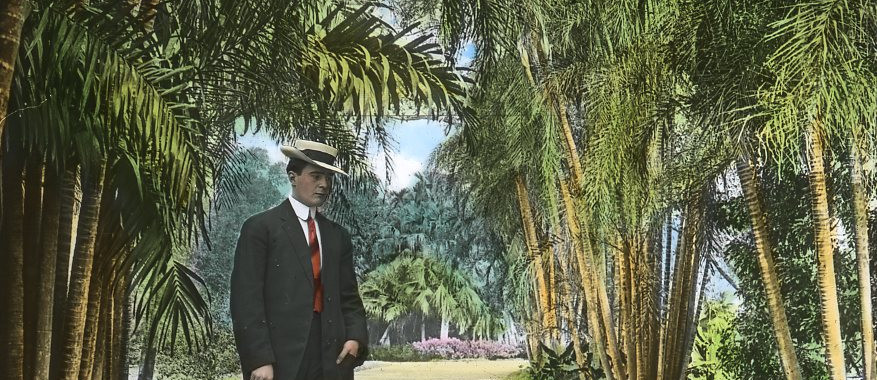

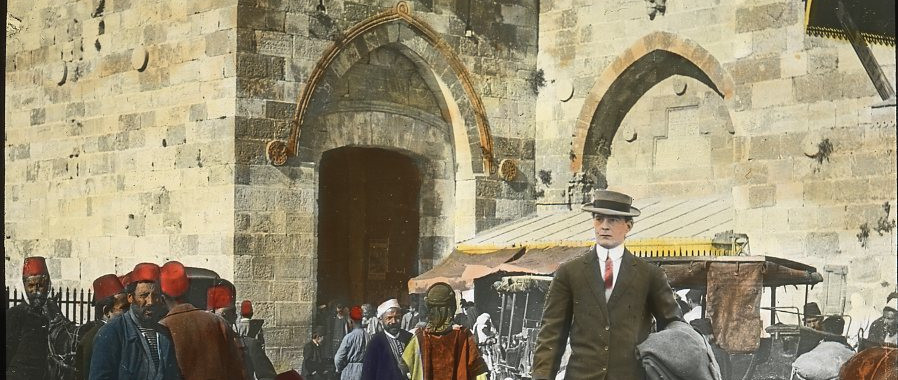

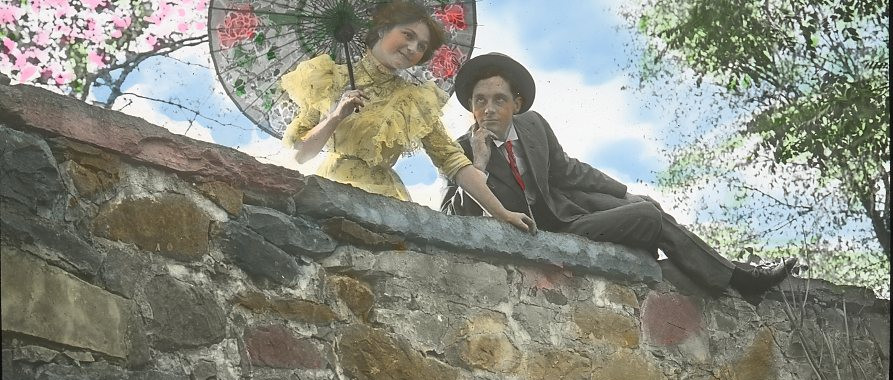















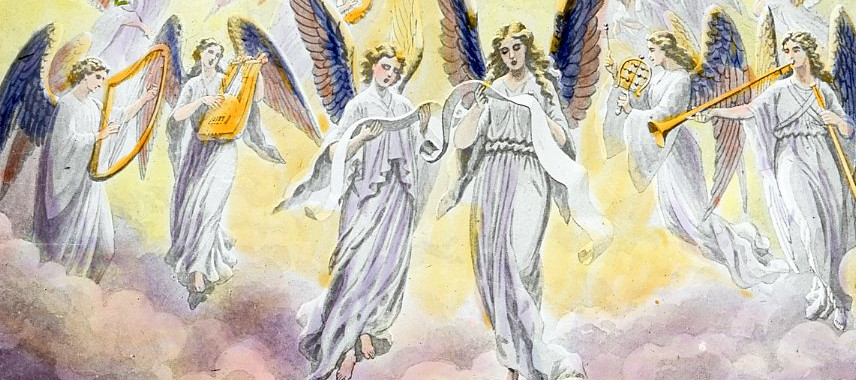





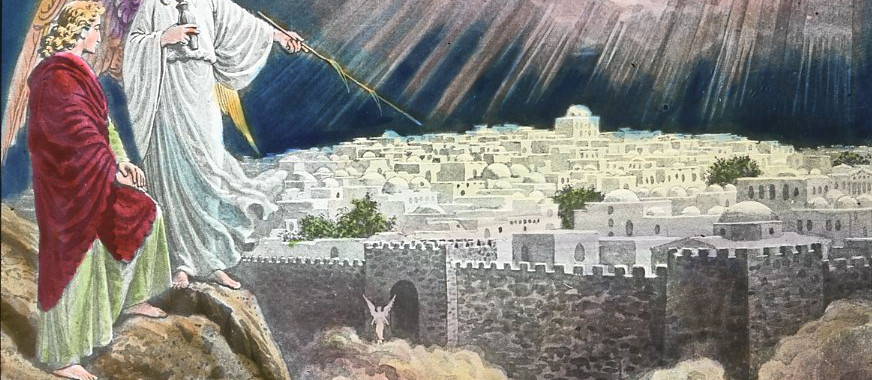




















Comments